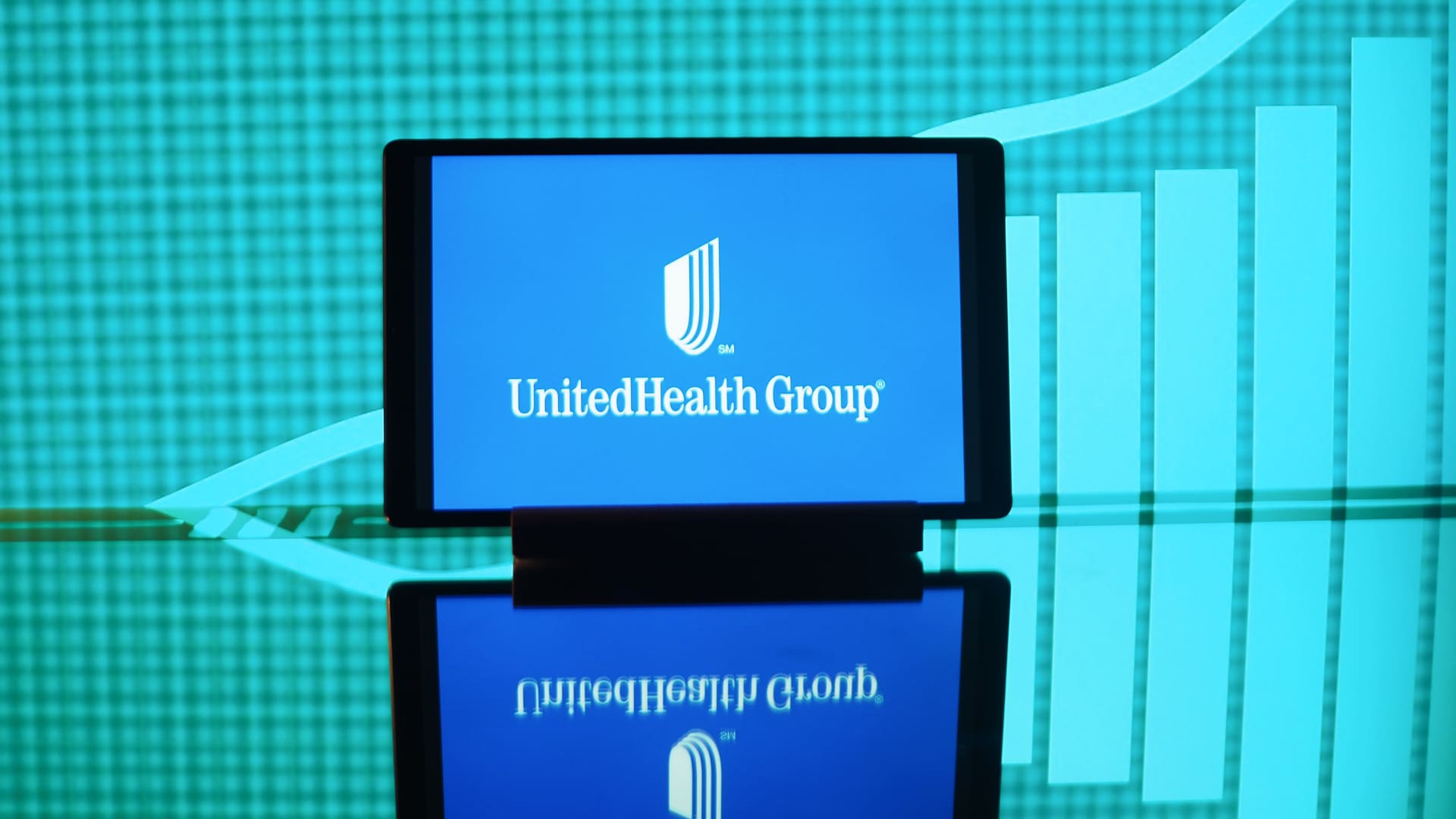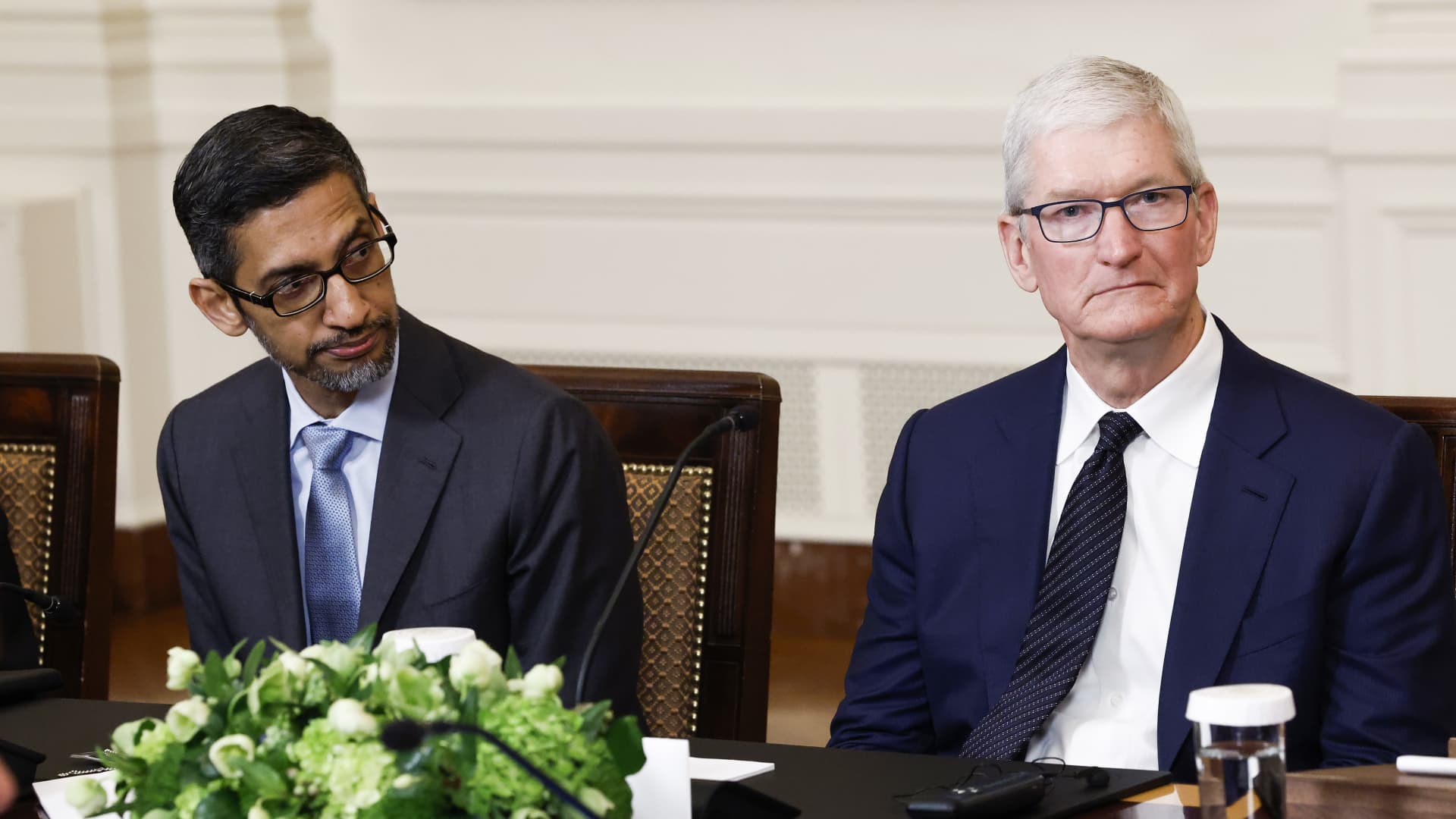U.S. wireless giants AT&T and Verizon had big plans last year to advertise why customers should upgrade their phones and start using 5G wireless.
Then the pandemic hit, and with everyone stuck at home, showing off blazing speeds and consumer use cases in stadiums, airports and public places wasn’t just irrelevant — it was gauche. Cloud gaming, checking instant odds on gambling apps from stadiums and downloading Netflix movies at the airport became far less important than the ability to work from home — a better message for cable companies who already deliver high-speed home broadband.
“We almost lost the year,” said David Christopher, EVP of partnerships & 5G ecosystem development for AT&T. “But now, people are excited to get out of their homes and experience 5G in the wild. We will dramatize use cases that matter to customers.”
AT&T and Verizon want to transfer customers as fast as possible to 5G networks — not just to recoup the heavy capital expenditure costs of building out updated nationwide networks but also to lock in customers and keep them from defecting to T-Mobile.
Both AT&T and Verizon have offered promotional pricing this year on 5G phones to retain customers and entice new ones. But T-Mobile tends to offer the cheapest prices among the big three, while also topping both Verizon and AT&T in download speed and 5G availability, according to Open Network’s July 2021 5G User Experience Report.
“A focus on 5G isn’t going to be flattering to either Verizon or AT&T,” said Craig Moffett, a wireless analyst at MoffettNathanson. “They are falling far behind T-Mobile in what will soon matter most: 5G speed and coverage. And they charge consumers much higher prices than T-Mobile.”
That puts pressure on both companies to sell consumers on why they should choose AT&T and Verizon — making 5G a marketing challenge as Americans emerge from pandemic quarantines.
Convincing consumers
Getting Americans excited about 5G may not be easy.
A J.D. Power survey last year found that only about a quarter of wireless subscribers said they believed 5G would be significantly faster than current 4G LTE technology, and only 5% of respondents said they’d be willing to pay more for 5G service.
Even the CEO of AT&T Communications, Jeff McElfresh, told CNBC last year he has “always tried to soften folks’ expectations around 5G.”
Much of the messaging about 5G so far has been about enterprise solutions. A Deloitte Insights consumer survey this year found that consumer use cases that demand the faster network simply don’t exist yet.
Verizon last year helped produce a documentary on 5G called “Speed of Thought,” which showed enterprise-focused examples, such as a robotic arm that a physician can use from anywhere and an augmented reality helmet for firefighters to help see through smoke. It also explored cities testing out 5G-enabled technology to avoid car collisions.
AT&T leaders have also said 5G’s real opportunity is in the business cases, particularly in the case of machines and equipment that are communicating via internet-of-things technology.
But both companies plan to illustrate specific consumer use cases in advertisements in the coming months to convince customers to upgrade.
In an outline of its 5G strategy for this year, AT&T detailed use cases including AR-aided shopping experiences for consumers in stores and downloading content at airports. Earlier this year, AT&T announced it would give its customers access to Bookful, which creates augmented reality experiences around books to try to improve reading comprehension. Christopher said viewing a street map through a phone is reliable and seamless in 5G, more easily allowing for activity like an augmented reality guide to a city, whereas it would have consistently lagged with 4G.
Verizon is currently running a number of 5G-related TV ad spots, including those with “Saturday Night Live” star Kate McKinnon about a promotion to receive $800 for a 5G phone when consumers trade in their old device.
Verizon has also done some marketing around what its 5G will do for gaming, both in its Super Bowl spot earlier this year and a digital video released in May that tried to illustrate what video game-like lag would look like in everyday life
But the Verizon campaigns don’t yet show why 5G is necessary or important for average consumers.
In one recent Verizon ad, viewers see a series of images — a man climbing a cell tower, a thunderstorm, cars driving on the street, landscape shots of cities — with voiced-over statements about “next generation service,” “broader spectrum,” and “the more going the extra mile matters.” But the only clear consumer use case shown in the one-minute commercial is video chatting — an activity that doesn’t require 5G.
It’s possible 5G advertising could backfire on both companies if consumers view networks as interchangeable and simply choose the lowest-price offering — which will be T-Mobile, Moffett said.
Christopher points out that educating consumers about 5G will benefit the entire industry. “We’re not going to spend our resources talking about the other guy,” he said. “Everything educates the customer about the broad benefits of 5G as a category, and that’s a good thing, too. We’re happy with that.”
Verizon’s 5G Home strategy
Verizon’s 5G marketing strategy hasn’t kicked into full gear yet because the company still hasn’t lit up its nationwide footprint of C-Band spectrum, said Manon Brouillette, recently named Verizon Consumer Group’s chief operating officer and deputy chief executive officer. Verizon CEO Hans Vestberg has promised 100 million Americans will have access to speeds up to 1 Gigabit per second by March 2022.
Brouillette she believes 5G’s biggest selling point is as a replacement for cable broadband once Verizon’s so-called “ultra wideband” network in fully functional. Verizon spent nearly $53 billion on the airwaves earlier this year.
“When it comes to messaging, we need to make sure that any consumer understands you don’t need fiber to home anymore,” Brouillette said. “When C-band is here, we can make a sales pitch where we’ll offer one product, in-home and out-of-home, at low latencies, that has never been offered before. That’s the true game changer.”
Verizon already offers 5G Home that runs on millimeter wave technology — faster than C-band — to parts of 47 U.S. cities.
But even when Verizon’s 5G network is up and running across the country, the company still plans on selling separate products — mobile and home — even though they’ll operate on the same network. Verizon currently sells its 5G Home product at a $20 monthly discount for customers that also buy Verizon wireless.
Verizon is planning more “creative” ways to price home and mobile internet together in 2022, said Brouillette. But that packaging may not be enough to convince consumers to switch to Verizon — especially as cable companies such as Comcast and Charter offer their own mobile services (which use Verizon’s own network) with bundled discounts.
“It’s a myth believing one major ad campaign will solve everything,” said Brouillette. “It will come down to performance and execution.”
Disclosure: Comcast owns NBCUniversal, the parent company of CNBC.
WATCH: Verizon CEO Hans Vestberg on subscriber growth surprise, outlook



